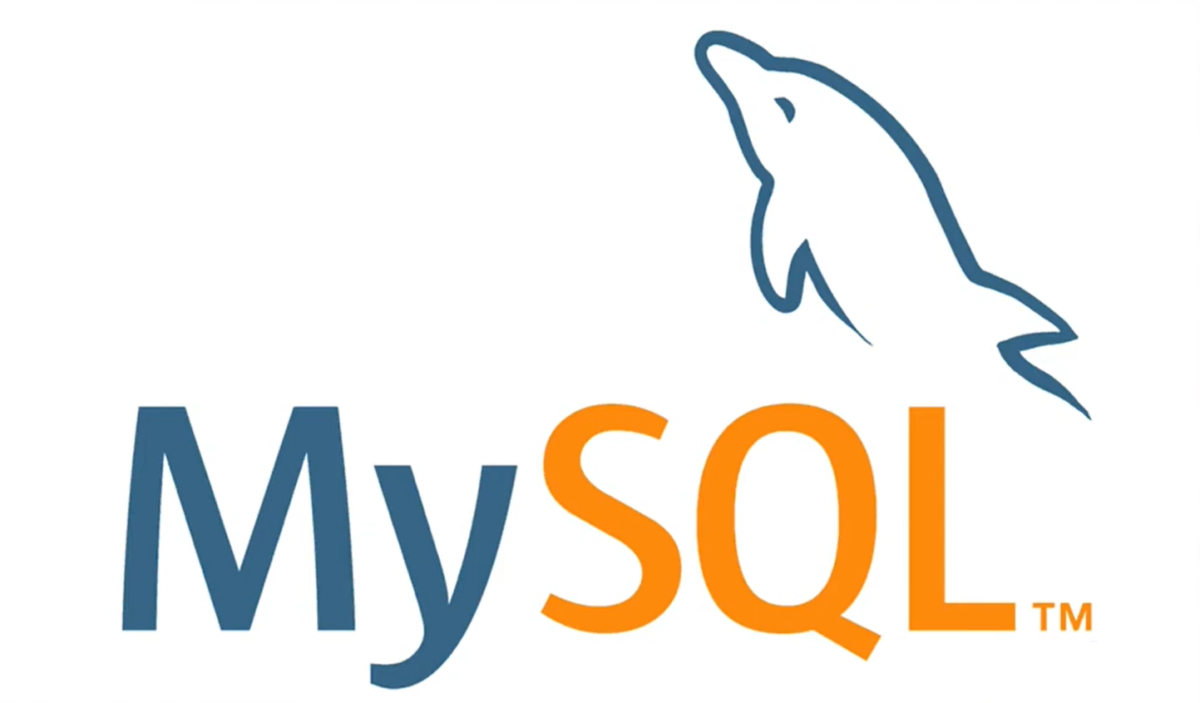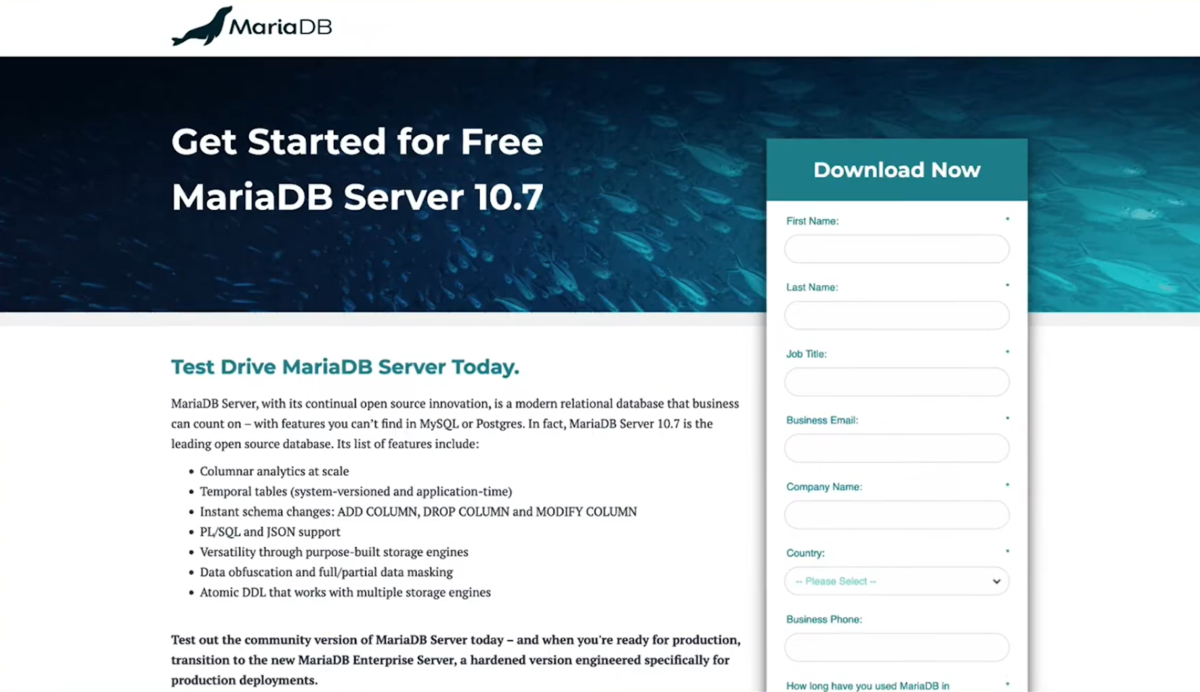A Look at 13 Illustrative Relational Database Demonstrations
A relational database is a database format that arranges and stores data in tables, akin to folders in a file system, each containing distinct information sets. Noteworthy for its data retrieval versatility, a defining aspect is its capacity to use diverse SQL commands to retrieve data in preferred sequences. At present, relational databases rank among the most commonly utilized database systems.
The subsequent table offers a succinct overview of relational databases.
| Sr.# | Database | Developer | First Release Date |
|---|---|---|---|
| 1 | Microsoft SQL Server | Microsoft | 1989 |
| 2 | MySQL | Oracle Corporation | 23 May 1995 |
| 3 | PostgreSQL | PostgreSQL Global Development Group | 8 July 1996 |
| 4 | SQLite | D. Richard Hipp | 17 August 2000 |
| 5 | Oracle Database | Oracle Corporation | 1979 |
| 6 | MariaDB | MariaDB Corporation Ab | 29 October 2009 |
| 7 | IBM Informix | IBM | 17 November 2020 |
| 8 | Apache Derby | Apache Software Foundation | 19 May 2022 |
| 9 | H2 Database Engine | Thomas Mueller | December 2005 |
| 10 | Amazon RDS | Amazon.com | 26 October 2009 |
| 11 | Sybase ASE | Sybase – An SAP Company | 1987 |
| 12 | DB2 | IBM | 1993 |
| 13 | Microsoft Access | Microsoft | 13 November 1992 |
Illustrations of Relational Database Systems
Let’s take a brief look at these examples.
Microsoft SQL Server
Microsoft SQL Server stands as a relational database management system (RDBMS) crafted by Microsoft. This software product operates as a database server, primarily tasked with the storage and retrieval of data as demanded by various software applications. These applications could be situated on the same machine or distributed across a network (including the Internet).
- Robust transactional processing;
- Scalability and performance optimization;
- Integration with Microsoft ecosystem;
- Comprehensive security features;
- Business intelligence and analytics tools.
MySQL

MySQL, a vastly utilized relational database management system (RDBMS), is recognized as open-source software. It falls under the category of free and open-source software as governed by the GNU (General Public License), and it is additionally accessible under several proprietary licensing options.
- Open-source with a large community;
- Fast and reliable performance;
- Cross-platform compatibility;
- Replication and clustering capabilities;
- Support for various programming languages.
PostgreSQL
PostgreSQL, frequently referred to as Postgres, represents an object-relational database management system (ORDBMS) that places a strong focus on extensibility and adherence to standards. This software is offered freely and is open-source, operating under the PostgreSQL License.
- Advanced extensibility and custom functions;
- Support for complex data types;
- ACID compliance and strong transaction support;
- Rich set of indexing options;
- Active open-source community.
SQLite
SQLite stands out as a relational database management system that finds its home within a C programming library. Unlike many counterparts, SQLite doesn’t operate as a client-server database engine; instead, it becomes an integral part of the final program. Adhering to ACID principles, SQLite largely adheres to the SQL standard, employing a dynamically and weakly typed SQL syntax that doesn’t guarantee domain integrity.
Prominently employed, SQLite serves as one of the most extensively utilized database engines. It presently finds application in various mainstream browsers, operating systems, and embedded systems, among other contexts. Its significance is particularly noticeable in iPhone applications, where it offers comprehensive full-text search capabilities and support for geospatial queries.
- Self-contained, serverless architecture;
- Zero-configuration, easy setup;
- Cross-platform compatibility;
- Small memory footprint;
- Supports various programming languages.
Oracle Database
The Oracle database, developed by Oracle Corporation, functions as a relational database management system (RDBMS) compatible with significant platforms such as Linux, UNIX, and Windows. Renowned for its exceptional scalability, reliability, and performance, this relational database holds a prominent position in the field.
- Enterprise-grade performance and scalability;
- Advanced security features;
- High availability and clustering;
- Rich data management capabilities;
- Comprehensive support for various data types.
MariaDB

MariaDB stands as an open-source relational database management system (RDBMS) that aligns with the widely used MySQL database. Employed across a spectrum of organizations, ranging from small enterprises to some of the globe’s largest corporations, MariaDB finds versatile adoption.
- Compatibility with MySQL applications;
- Focus on open-source innovation;
- Improved performance and scalability;
- Advanced clustering and replication;
- Strong security and authentication options.
IBM Informix
Informix emerged as a pioneering commercial offering within the realm of relational databases. Originally designed for mainframe computers in 1982, it subsequently evolved to cater to Unix, Linux, macOS, and Windows platforms. In a significant development, IBM acquired Informix, along with other assets from Informix Software, in 2001, for a substantial sum of $1 billion USD in cash, accompanied by an extra $250 million in stock options. The latest stable release of Informix was on November 17, 2020.
- High-performance, in-memory processing;
- Support for JSON and spatial data;
- Reliable data replication;
- Embeddable into IoT and mobile devices;
- Scalable architecture.
Apache Derby
Apache Derby presents itself as an open-source relational database management system. Crafted in Java, it operates on platforms equipped with Java Runtime Environment (JRE) compatibility. Recognized for its lightweight nature and user-friendly characteristics, Apache Derby becomes an optimal selection for constructing compact databases or creating prototypes.
- Embedded and server modes;
- Small footprint, easy deployment;
- Built-in Java support;
- ACID compliance;
- Suitable for lightweight applications.
H2 Database Engine
The H2 Database Engine stands as an additional open-source relational database management system, scripted in Java, capable of functioning in both embedded and server modes. Featuring a straightforward interface and robust capabilities, it emerges as a suitable option for minor applications or prototype development.
- Embedded and client-server modes;
- Fast in-memory operation;
- Small footprint and easy setup;
- Support for various SQL modes;
- Advanced functions for data manipulation.
Amazon Relational Database Service (Amazon RDS)
Amazon RDS stands as Amazon’s managed solution for relational databases, supporting renowned databases such as MySQL, PostgreSQL, MariaDB, Oracle, and Microsoft SQL Server. Through streamlining the setup, administration, and scalability of relational databases within the cloud, Amazon RDS seamlessly streamlines these tasks.
- Managed service for multiple databases;
- Automated backups and scaling;
- Multi-AZ deployments for high availability;
- Secure and compliant;
- Compatibility with various database engines.
Sybase ASE
Sybase ASE (Adaptive Server Enterprise) stands as a database server following the relational model, developed by Sybase Corporation (now under SAP). Its primary execution occurs on UNIX systems, with an extension to Microsoft Windows NT. It has gained recognition for its robust transactional processing prowess.
- High-performance transaction processing;
- Real-time analytics capabilities;
- Support for large data volumes;
- Advanced data compression;
- Compatibility with various languages.
DB2
IBM DB2 encompasses an array of hybrid data management solutions intricately designed to cater to a wide range of workloads. This encompasses transactional processing, data warehousing, business intelligence, and analytics needs. Embedded within IBM DB2’s offerings is an extensive array of Hybrid Data Management solutions, expertly managing both structured and unstructured data, whether hosted on-premise or within various cloud environments.
This system introduces a plethora of functionalities designed to boost performance and scalability. Notable among these attributes are query optimization, indexing, and partitioning.
- Hybrid data management capabilities;
- Scalability and workload optimization;
- Integration with AI and machine learning;
- Advanced security features;
- Multi-cloud and on-premises deployment options.
Microsoft Access
Microsoft Access functions as a database management system (DBMS) developed by Microsoft. It seamlessly integrates the relational Microsoft Jet Database Engine with a user-friendly graphical interface and software development tools. As a constituent of the Microsoft Office suite of applications, it’s incorporated within the Professional and more advanced editions, and it’s also available for standalone purchase.
- Desktop database management;
- User-friendly interface;
- Quick data entry and reporting;
- Integration with Microsoft Office;
- Suitable for small-scale applications.
Conclusion
Within this article, we delved into a wide spectrum of 13 outstanding relational database systems. Spanning from industry giants such as Microsoft SQL Server and Oracle to open-source alternatives like MySQL and PostgreSQL, each database demonstrated unique prowess in handling structured data. Whether in terms of scalability, adaptability, or harmonious incorporation, these instances emphasize the essential significance of relational databases in diverse industries and applications.






Leave a Reply